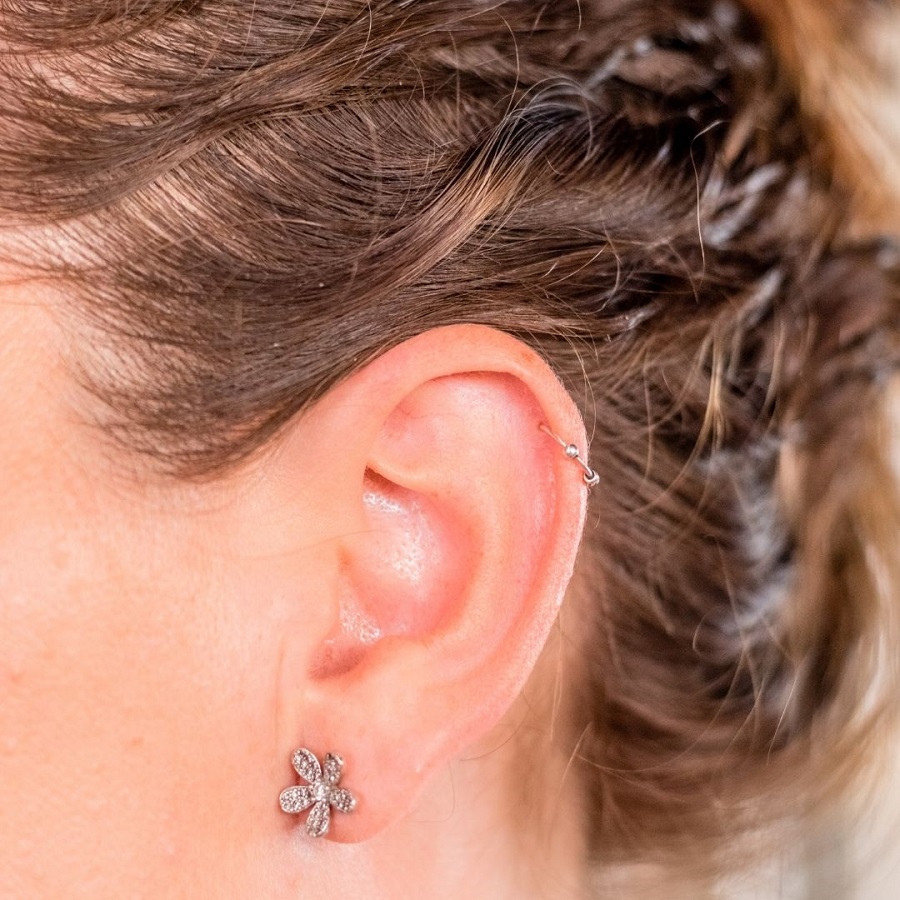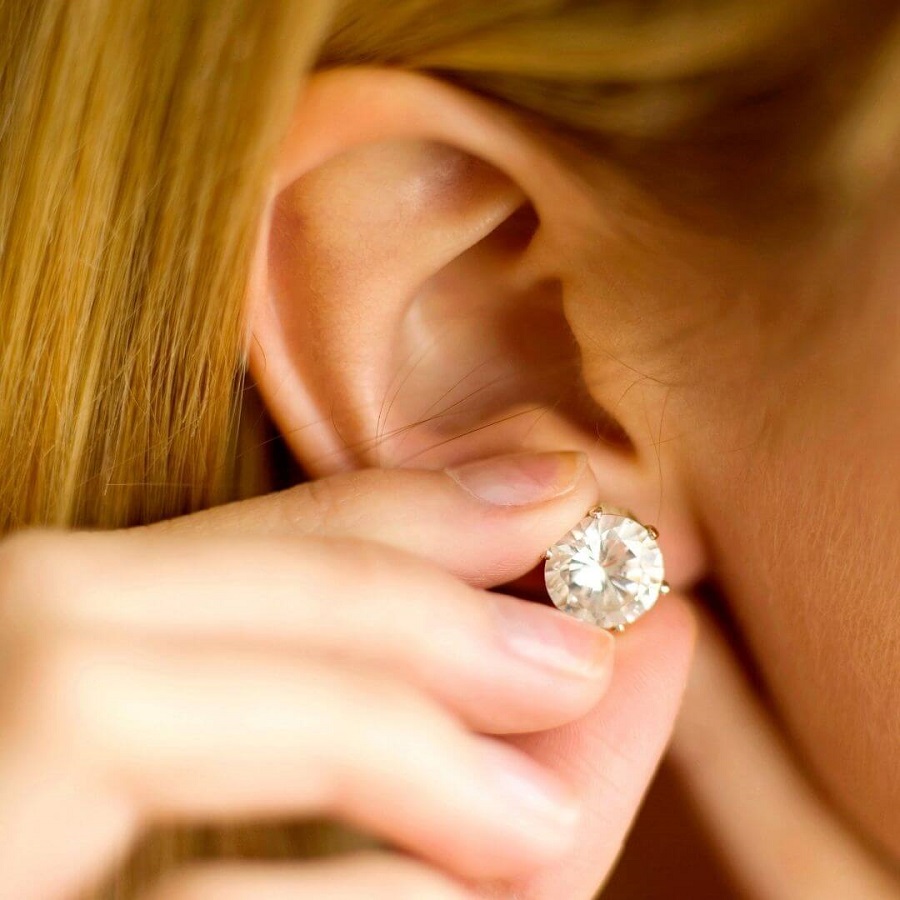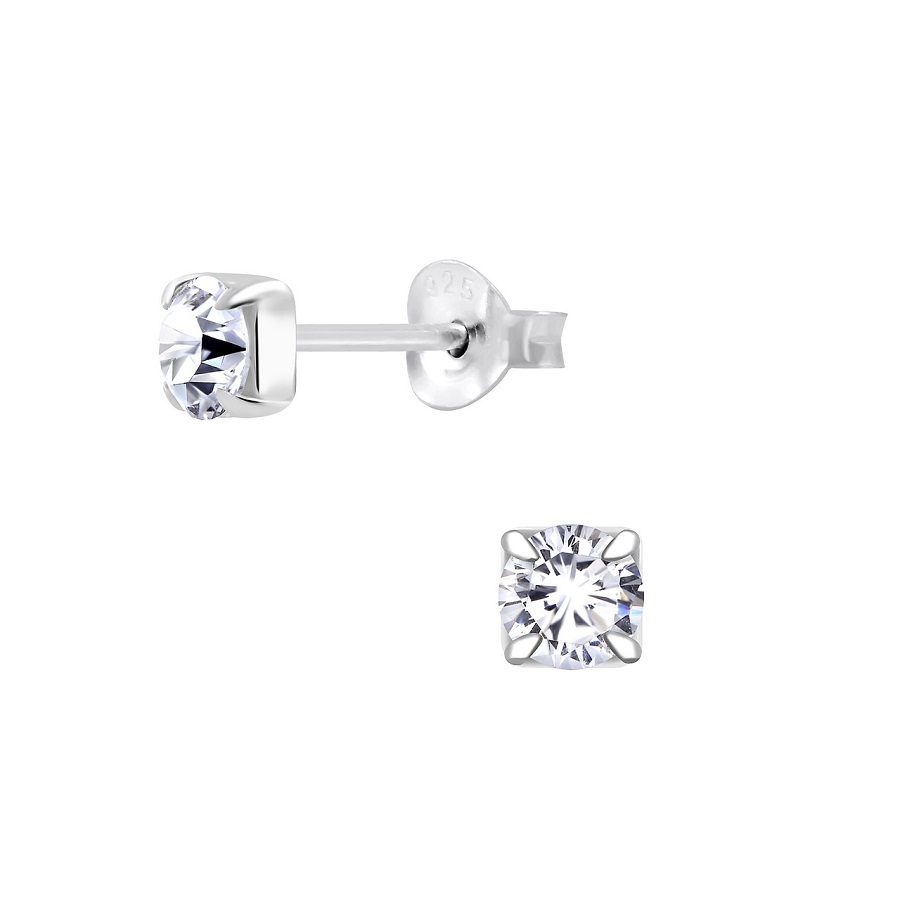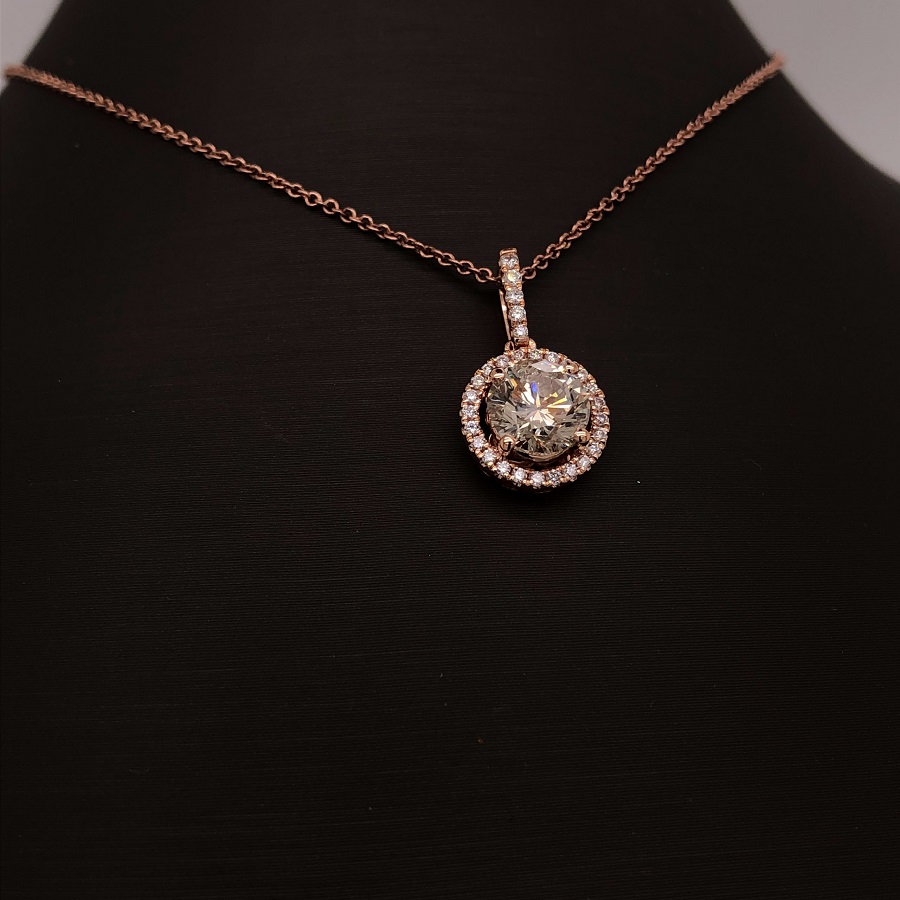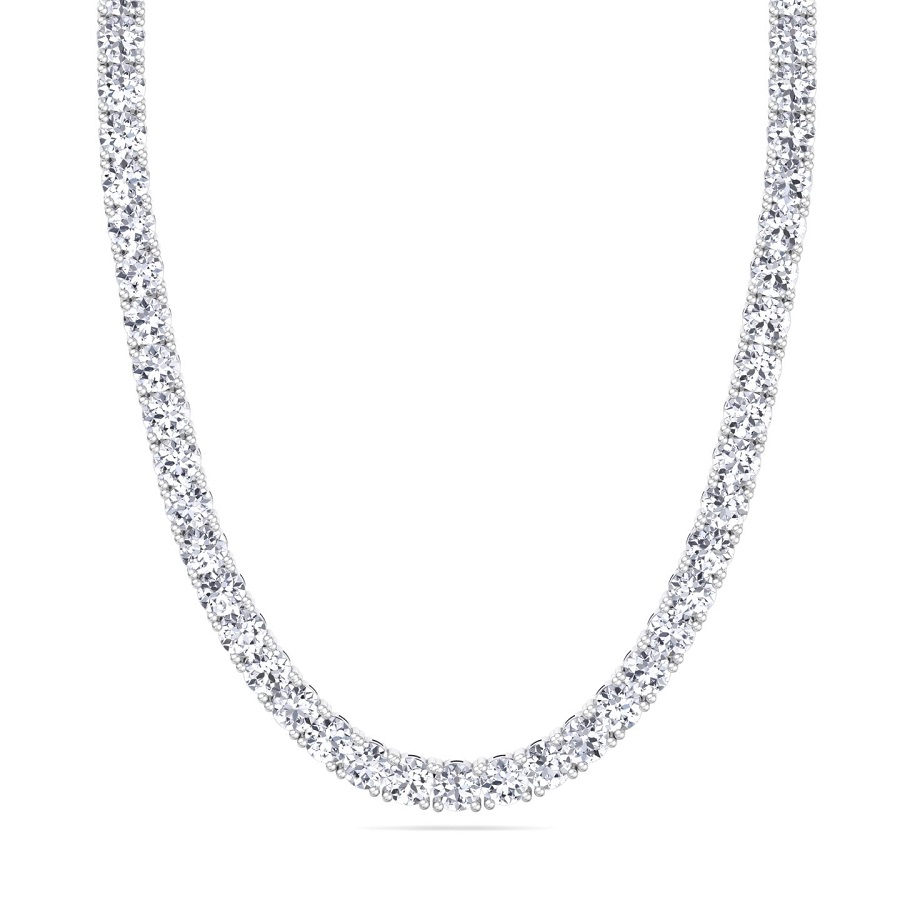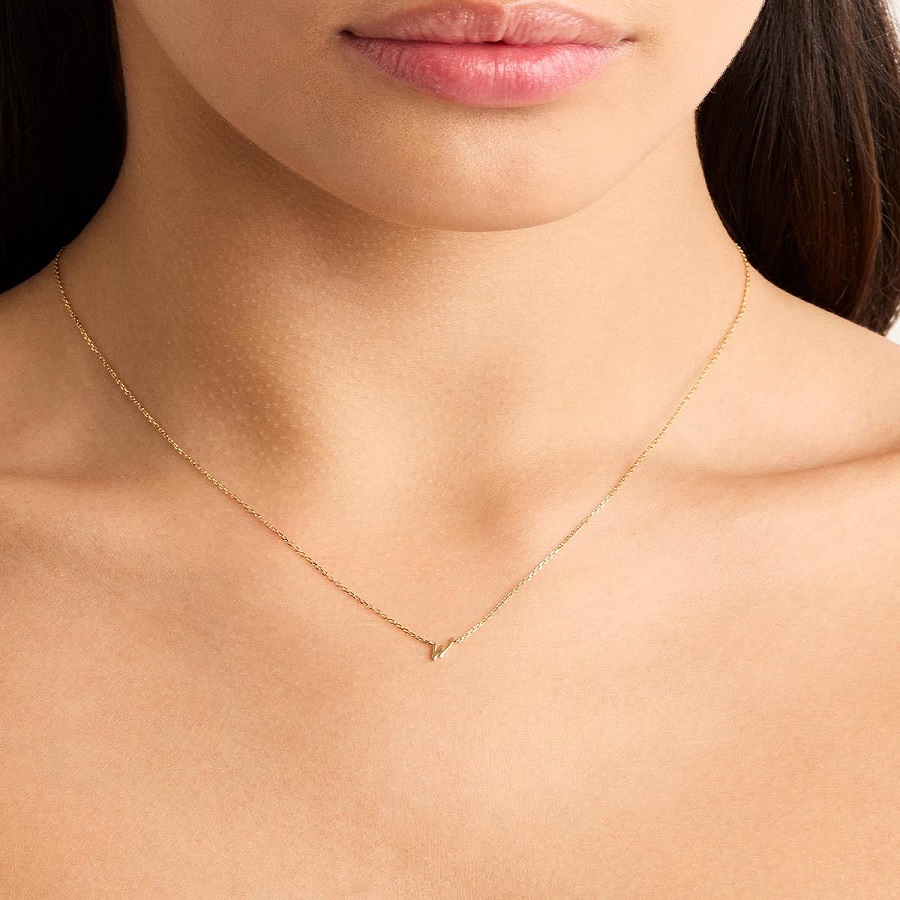Introduction to Ear Piercing and Healing
How long to wait to change earrings – Entering the world of ear piercings is thrilling. It offers a way to express your unique style and personality. But, it is essential to be aware of the healing process ahead. Safe healing is key to a healthy piercing and smooth transition to new earrings.
From the moment your piercer completes the process, your body starts to recover. As a puncture wound, an ear piercing needs proper care to heal neatly. Healing times vary based on several factors. Fear not, as we are here to guide you through this journey.
Knowing how long to wait to change earrings is crucial. It prevents complications like infections or irritations. Moreover, it ensures your new piercings settle well, allowing for a broader selection of earring styles later on.
We’ll explore the timeline you should adhere to before switching earrings. Beyond that, we’ll discuss the phases of healing. These show what happens at each step and why patience is vital. Plus, we will offer advice on the best earring types for fresh piercings. So, let’s begin this exciting chapter with confidence and the right knowledge.
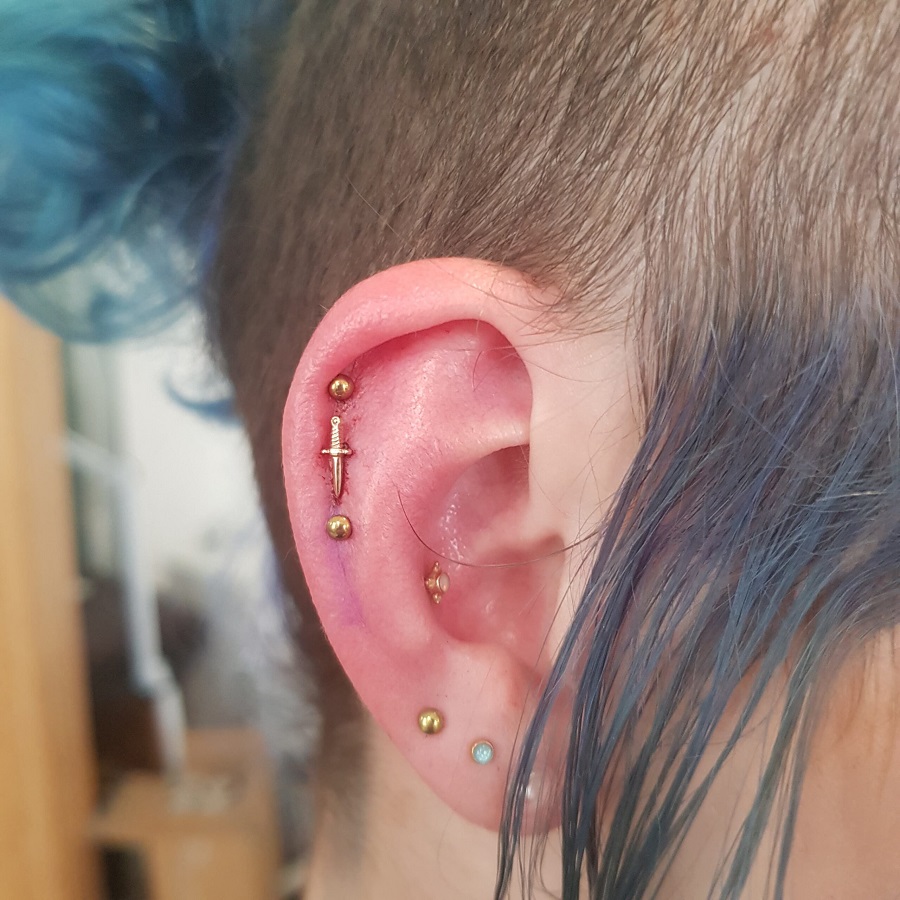 Timeline for Changing Earrings After Piercing – how long to wait to change earrings
Timeline for Changing Earrings After Piercing – how long to wait to change earrings
Awaiting the right time to swap earrings is key to ear piercing recovery. Proper timing prevents health issues and ensures the best outcome for your piercings. Let’s delve into how long the wait should be and the factors that play a role.
Recommended Wait Times for Lobe and Cartilage Piercings
For lobe piercings, a six to eight-week wait is standard. Cartilage piercings need longer, about three to twelve months. These times allow the piercings to heal well before any earring change.
Wait times are guides, not set rules. Each person’s healing timeline may vary. For some, it might be quicker, for others, longer. It’s essential to observe your own healing rather than stick to a strict timeframe.
Understanding the Healing Phases
Healing has three stages: inflammatory, proliferative, and remodeling. Initially, redness and swelling occur, which then give way to new skin forming over a couple of months. Finally, the ear strengthens around the piercing, taking up to a year.
The pace of these phases differs for each piercing and individual. This is why personalized attention to your piercings is crucial.
Factors Influencing Healing Duration
Several elements can impact how long healing takes. These include your body’s natural abilities, the location of the piercing, the piercing’s size, and whether any infections or irritations arise.
Proper aftercare is non-negotiable for quick and safe healing. Following cleaning routines and avoiding undue stress on the piercing are fundamental.
By understanding these guidelines, you’re well-equipped for a successful earring change when the time is right.
Types of Earrings and Materials for Initial Piercings
After getting your ears pierced, choosing the right earrings is crucial. These initial pieces will stay in your ears for the entire healing period. Therefore, selecting suitable materials that won’t cause irritation or infection is essential.
Suitable Earring Materials for Healing Piercings
For those new to piercings, hypoallergenic materials are a must. Surgical stainless steel, titanium, and 14k gold are top choices. These metals reduce the risk of allergic reactions. Stay away from nickel or brass, as they often cause skin issues.
Starter earrings should also have smooth surfaces. This limits any potential for bacteria to grow. Safety is key, so always go for quality over appearance during the healing phase.
Styles and Types of Starter Earrings
When it comes to style, keep it simple. Studs or small hoops work best for initial piercings. They’re light, easy to clean, and less likely to snag on clothes or hair.
Your piercer will likely put in the first earrings. These should stay in place until the piercing is healed. Avoid swapping them out early to ensure the piercing remains safe and clean.
By choosing the right materials and styles for your starter earrings, you lay a foundation for a smooth and swift healing process. You’ll be ready to experiment with various earring designs once healed.
Aftercare and Cleaning During Healing – how long to wait to change earrings
Proper aftercare is crucial for your ear piercing to heal without issues. Stick to a consistent cleaning routine to prevent infections and promote quick healing.
Daily Piercing Care and Cleaning Instructions
For daily care, cleanse your piercing twice a day with a saline solution. Wash your hands before handling the piercing or jewelry. Soak a clean cotton swab with saline and gently clean around the piercing area. Rotate the earring to ensure the solution reaches inside. Do not remove the earrings during cleaning; movement helps the cleaning process.
How to Identify and Manage Infection
An infected piercing may be red, swollen, and painful. It might discharge yellow or green pus. Should these signs appear, don’t panic. Continue cleaning with saline and seek advice from a piercer or doctor. They may prescribe medication. If earrings need changing due to an allergy, only do so with medical advice.
Activities to Avoid During Healing
Keep your new piercing dry and clean. Avoid swimming, submerging in water, or touching with dirty hands. Don’t twist or change earrings before the healing period ends. These actions can introduce germs and delay healing. Be cautious using hair products or sprays, as they can irritate the piercing. Stick to the aftercare plan for a smooth recovery.
Safely Changing Your Earrings for the First Time – how long to wait to change earrings
When your piercing has healed, you can finally swap your earrings. But it’s important to do it safely to prevent any harm to your ears.
Signs That Your Piercing is Ready for a Change
Your earlobes or cartilage will show signs when they’re ready for earring changes. Look for these clues:
- No redness or swelling at the piercing site.
- No pain when earrings are touched or moved.
- No discharge or crust around the piercing.
- The earrings can move freely in the piercing.
If all these signs are clear, you’re likely good to go. However, if there’s any doubt, wait a little longer or consult a professional.
Step-by-Step Guide to Changing Your Earrings
Ready to change your earrings? Follow these steps for a smooth process:
- Wash your hands with soap and water.
- Clean your new earrings with alcohol or a disinfectant.
- Gently remove the current earrings. Don’t pull hard.
- Carefully insert the new earrings into the piercing.
- Secure the backs of the earrings properly.
- Clean the area with a saline solution after changing.
Remember to take your time. Patience is key to keeping your piercings safe and healthy. If you’re ever unsure, seeking advice from a piercer can help you avoid risks.
Post-Recovery Earring Options and Styles – how long to wait to change earrings
After your piercing has healed, a new realm of earring options opens to you. It’s an exciting time to explore different styles that reflect your personality and fashion sense. Here, we delve into how to transition smoothly and what to consider when choosing new earrings.
Transitioning to Different Earring Types
Once healed, your ears can handle various earring types. Small hoops, studs, dangles, or barbells become choices. Each type has its own charm and can enhance your look. However, even post-healing, paying attention to the earring’s material and weight is essential to maintain ear health.
Transitioning should be gentle. Start with simple designs. Then slowly introduce more complex or heavier styles. This gives your ears time to adjust to different shapes and weights. Gradual changes help prevent any strain or potential damage.
Tips for Choosing the Right Earrings Post-Healing
Select earrings that keep your ears happy. Look for hypoallergenic options to minimize allergic reactions. Materials like surgical stainless steel, titanium, or 14k gold are generally safe bets.
Think about your lifestyle when picking earrings. If you’re active, opt for secure and snug fittings to avoid losing them. Comfort is also key. Choose designs that don’t irritate or impede daily activities.
Lastly, quality should not be compromised. High-quality earrings last longer and keep your piercings healthy. They might cost more upfront, but they are worth the investment.
In summary, post-recovery offers the chance to enjoy a wider range of earring styles. Remember to choose wisely, considering the material, comfort, and your lifestyle. This way, you ensure your piercing’s longevity and your continued enjoyment of diverse and beautiful earring designs.
Seeking Professional Advice
Navigating the healing process of an ear piercing can raise many questions. It’s important to know when to get expert advice.
When to Consult a Piercer or Healthcare Provider
Sometimes, healing doesn’t go as planned. If there’s persistent redness, pain, or swelling, get help. Piercers can offer care tips, but if there are signs of infection or severe allergic reactions, see a healthcare provider.
Consult an expert if the earring backs are stuck or if the piercing bleeds. These issues need immediate attention. Also, if you’re unsure about changing your earrings for the first time, ask a piercer.
Addressing Complications and Infections
If an infection hits, stay calm. Keep the area clean and avoid removing the jewelry unless told to do so. Doing this might close the hole and trap the infection.
For minor complications, piercers can guide you on the best steps to take. For infections, doctors might prescribe antibiotics. Either way, follow their advice carefully to heal your piercing safely.
In conclusion, look for signs that tell you when to seek help. If in doubt, always ask a professional. This will ensure your ear piercing heals well and complications are minimized.

